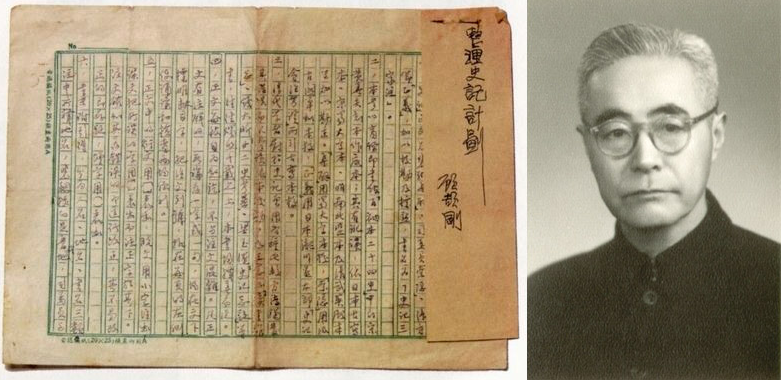The origins of modern Chinese archaeology are generally traced to 1921, when Swedish archaeologist Johan Gunnar Andersson excavated Yangshao Village in the northern Henan province. Although some scholars have since argued that China’s long and rich tradition of epigraphy — the study of ancient inscriptions — could be considered a predecessor to archaeology, the Chinese epigraphical tradition was essentially an extension of historical research and lacked the refined methodology pioneered by Western archaeologists like Andersson, who in turn modeled their more “scientific” approach to excavation on the work of 19th century geologists and biologists.
But China’s lack of archaeological tradition did not blind contemporary scholars to the field’s potential importance. In particular, the groundwork for archaeology’s rise was laid by the emergence of the revisionist “Doubting Antiquity School” (gushi bian yundong) in the early 20th century. Led by the scholar Gu Jiegang, the school applied approaches borrowed from Western textual criticism to the study of ancient Chinese historical texts. In essence, Gu argued that the Chinese nation’s understanding of itself and its history was largely based on false sources. This daring movement not only rejected the existence of the “Three Sovereigns and Five Emperors,” the mythical founders of what is today considered China, but also called into question the very existence of China’s earliest kingdoms, including the Xia and Shang Dynasties.
For the full article, please see: https://www.sixthtone.com/news/1009254/the-hole-at-the-heart-of-chinese…

